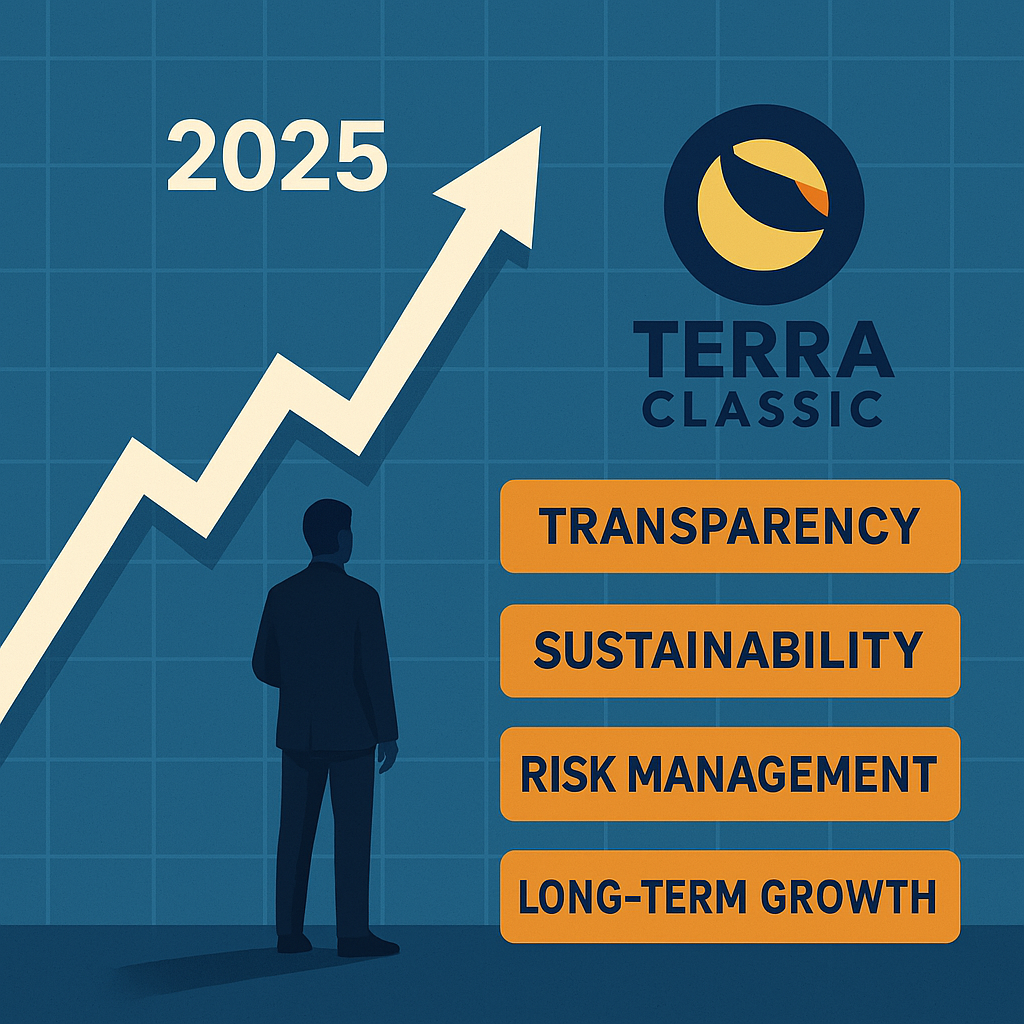After suffering one of the most severe setbacks in cryptocurrency history, Terra Classic is now navigating a path toward recovery with a renewed focus on stability, transparency, and long-term growth. The collapse of the original Terra ecosystem in 2022 left lasting damage across the industry, but in 2025, the project is gradually regaining credibility by adopting a more measured and community-led approach.
One of the most significant changes has been in governance. Rather than relying on centralized decision-making, the Terra Classic network now operates through an open and participatory process. Proposals are submitted and voted on transparently by token holders, allowing for greater accountability and collaboration. This shift has helped reestablish trust and given the community a stronger voice in shaping the project’s future.
The development team has also realigned its priorities. Instead of pursuing speculative ventures or rapid expansion, the focus has turned toward building a secure and sustainable foundation. Technical upgrades are being introduced thoughtfully, with a clear emphasis on risk management and responsible growth. Developers are working to improve the reliability of the network, enhance its infrastructure, and support initiatives that offer long-term utility.
A major pillar of the 2025 strategy is sustainability. Terra Classic is investing in practical applications and tools that can withstand market volatility and provide consistent value to users. This includes support for decentralized applications, streamlined validator operations, and improvements in smart contract functionality. The project’s roadmap is now guided by realistic goals, designed to deliver steady progress over time rather than dramatic short-term gains.
The community’s experience in the past has shaped a more cautious outlook. Risk management is no longer an afterthought but a central element of every decision. Lessons from the previous collapse have influenced the design of new protocols, with greater attention given to safeguards, security audits, and overall system resilience. Each new initiative is carefully evaluated for both technical soundness and its potential impact on the ecosystem.
While Terra Classic still faces significant challenges, the progress made in 2025 reflects a commitment to responsible innovation and community-led growth. The tone has shifted from one of urgency to one of patience. Instead of chasing headlines or speculative price movements, the project is focusing on rebuilding its foundation and strengthening relationships with its user base.
The journey from collapse to comeback is not a simple one, but Terra Classic has shown that recovery is possible when a community works together with clear values and a shared vision. By prioritizing transparency, sustainability, and long-term planning, the project is gradually earning back the confidence of those who continue to believe in its potential.


